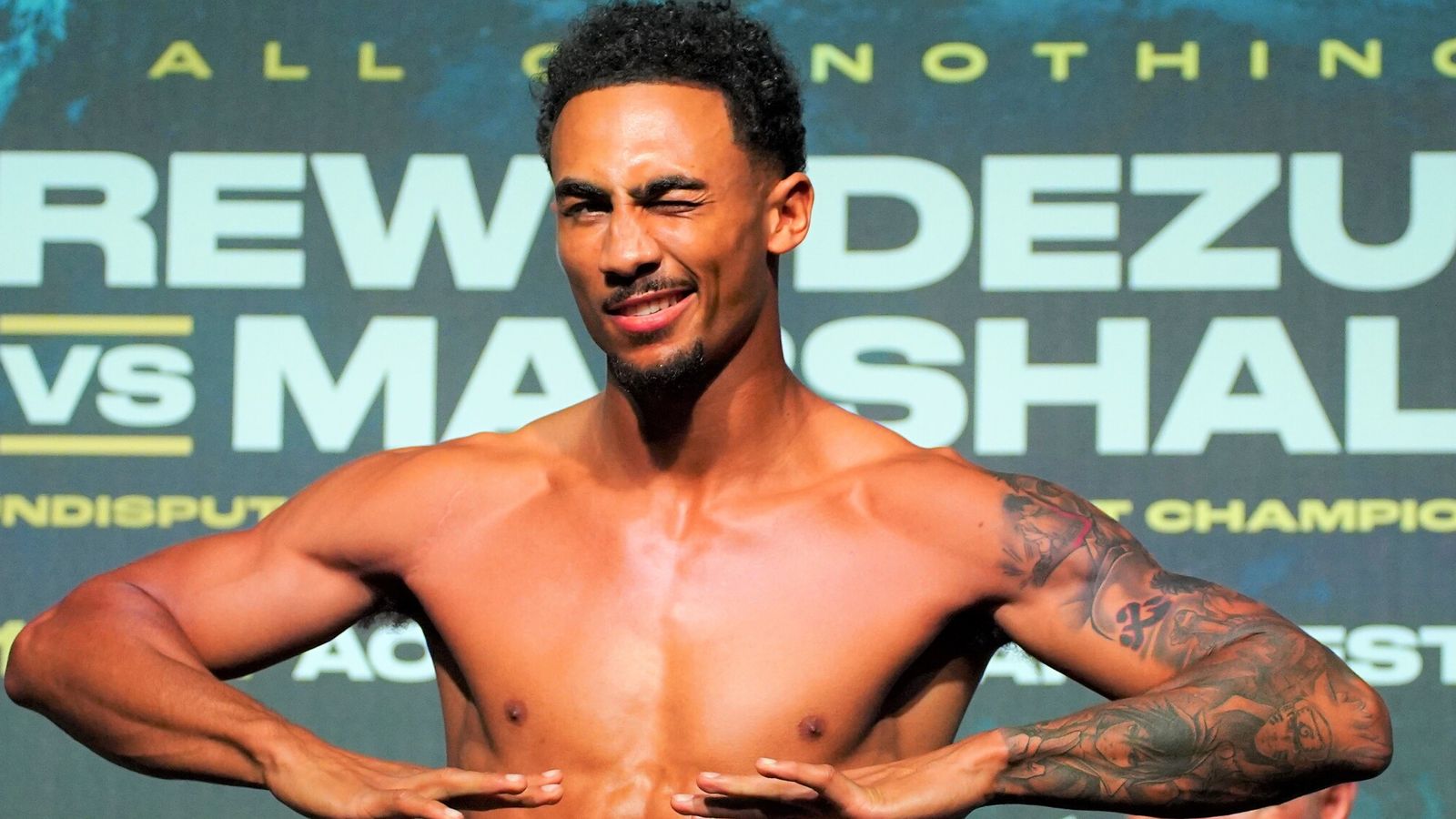
Punching Beyond the Ring: The Impact of Boxing Movies on Popular Culture
Jody
- 0
From the blood-splattered canvas to the silver screen, boxing has captivated audiences for decades. But it isn’t just the ring that packs a punch; boxing movies have left an indelible mark on popular culture. These films go beyond telling the tales of pugilists and their battles; they delve deep into the human experience, disseminating powerful messages of strength, determination, and overcoming adversity. Through their enduring impact, boxing movies have shown the world that the fight for success and redemption isn’t limited to the squared circle.
One of the most iconic boxing movies of all time, “Rocky” (1976), has become synonymous with the underdog narrative. Sylvester Stallone’s portrayal of Rocky Balboa, a working-class Italian-American boxer from Philadelphia, resonated with audiences worldwide. Rocky’s ascent from a small-time boxer to challenging the heavyweight champion of the world showcased the enduring spirit of the human will. The film’s message became a cultural touchstone, inspiring people to face their own adversaries and fight for their dreams. Today, the word “Rocky” is often used as an adjective to describe anyone who defies the odds and achieves greatness.
The impact of boxing movies on popular culture extends beyond the storylines. They have brought visibility to the sport itself, increasing its popularity and filling arenas with newly inspired fans. Boxers like Muhammad Ali and Mike Tyson achieved household name status outside of the ring, partly due to their appearances in movies such as “Ali” (2001) and “The Hangover” (2009), respectively. These films gave the world a glimpse into the personal lives of these revered boxers, creating an intimate connection between the audience and the sport.
Moreover, boxing movies have become a breeding ground for actors to showcase their physical and emotional prowess. Classically-trained actors like Robert De Niro tackled the role of a troubled middleweight champion in “Raging Bull” (1980), portraying the complexities of a man torn between his love for boxing and his self-destructive tendencies. This transformative performance earned De Niro an Academy Award, proving that boxing movies could transcend the genre and be recognized for their artistic merit.
Boxing movies have also served as a platform to address important social issues. The Oscar-winning film “Million Dollar Baby” (2004) explored gender inequality in the sport by introducing a female protagonist, played by Hilary Swank, who defied expectations. By tackling issues such as sexism and gender barriers, the film contributed to the ongoing conversation about equality within the sport and society as a whole.
The cultural impact of boxing movies is not confined to Hollywood. Fists have flown in boxing arenas across the globe as people recreate the iconic moves and scenes from their favorite films. The training montage set to the iconic tune of “Eye of the Tiger” from the “Rocky” series has become synonymous with motivation and perseverance. This cultural reference has been parodied, mimicked, and even incorporated into workout routines, transcending the medium of film and infiltrating gyms and fitness centers worldwide.
Boxing movies continue to evolve, offering fresh perspectives and stories from different cultures and backgrounds. From the gritty streets of the Bronx in “Raging Bull” to the poverty-stricken neighborhoods of Mumbai in “Mary Kom” (2014), boxing movies have the power to humanize and empathize with those who find solace and redemption through the sport.
In conclusion, boxing movies have had a profound impact on popular culture. These movies have transcended the ring, captivating audiences with tales of resilience, determination, and personal triumph. By shedding light on human experiences and important social issues, boxing movies have become catalysts for change. They have inspired generations of individuals to find their own fight within, echoing the immortal words of Rocky Balboa, “It ain’t about how hard you hit. It’s about how hard you can get hit and keep moving forward.”


